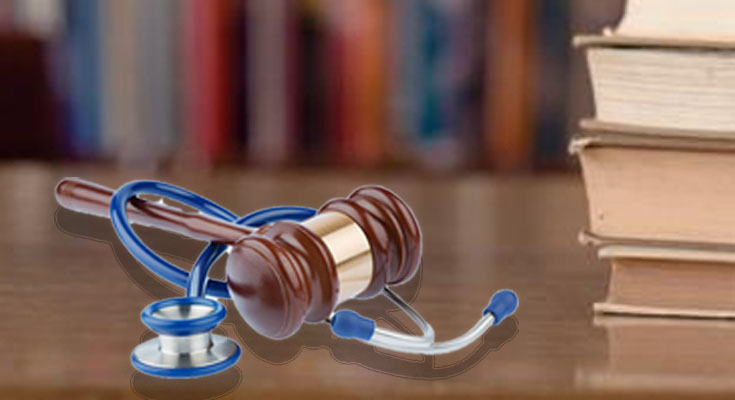Medical negligence is considered malpractice whenever a doctor, nurse, pharmacist, or other health care provider provides medical treatment in an unprofessional manner. The duty of every professional includes providing the highest standard of care. This includes practicing with the knowledge of best practices and using the appropriate procedures and equipment to provide quality care to patients.
Signs To Check When There Is Medical Malpractice
The occurrence of medical malpractice can be spotted in different forms. When one notices any of the signs below, it is vital to seek legal advice as one may be a victim of medical malpractice.
1. Physician or Doctor Errors
Medical malpractice is often caused by errors made by a doctor or physician. Doctors are human; thus, they can make mistakes like everyone else. However, medical errors can lead to disastrous consequences that result in the patient’s harm and even wrongful death.
2. Lack of Informed Consent
Informed consent is an agreement between a doctor and patient about a medical condition’s diagnosis and treatment plan. In this case, the doctor informs his patient about the treatment’s possible benefits, risks, and consequences.
Thus, In the case of medical malpractice involving informed consent, the doctor did not explain the treatment procedures to the patient and or did not discuss possible risks for them to make an informed decision regarding their condition.
3. Lack of Privacy
The HIPAA laws protect patients regarding the privacy of their medical files. However, when a physician mishandles a patient’s medical records or shares them with another person without their consent, this is considered a breach of privacy.
4. Incorrect or Misuse of Medical Procedures
Medical negligence can be easily spotted when there is an incorrect or improper use of medical procedures. For instance, a doctor may fail to inform a patient about the correct procedure for a particular medical condition. This can lead to serious medical complications such as infections, organ failure, and even death.
5. Knowingly or Negligently Performing Unnecessary Medical Procedures
Many mistakes can be avoided by simply performing the necessary procedures. However, many doctors and nurses do not perform specific procedures only because they want to perform others. This can cause medical complications, leading to irreversible damage and death.
6. Malpractice Compensation Claims
Medical malpractice is generally a severe incident that may leave its victims with medical debt and pain that has no cure. The victims and their families may need compensation to cope with the losses and to get the medical help they need. In this case, they can file a claim against the responsible parties to ensure they get the justice they deserve.
7. Failure To Diagnose A Medical Condition
A physician who fails to diagnose a medical condition or perform a medical test that could have easily provided an accurate diagnosis is also practicing malpractice. This usually leads to missing out on early treatment that could have averted severe health complications.
8. No Follow-Up Treatment
Medical professionals are supposed to provide patients with follow-up treatment that ensures their condition does not worsen. However, some physicians neglect to provide this, and their patients get sick or die.
9. Medication Errors
Another severe form of medical negligence is medication errors. These errors can be caused by many factors, such as using the wrong dose, expired medications, and using incompatible medications with other existing drugs. These can lead to severe medical conditions and death in some cases.
10. Failure to Provide Written Records
This is one of the most common forms of medical malpractice. Medical records provide a patient’s history and condition before, during, and after the treatment process. Doctors should provide written records to their patients or keep a record for their patients themselves. This helps patients understand what has happened to their health, what precautions they need to take, and what steps they can take in case there are any complications or side effects from the treatment.
11. Wrong Diagnosis or Flawed Treatment Plan
When a physician does not use the most accurate or up-to-date diagnostic tools to diagnose a condition, then this is considered negligence. A physician who is not well-informed and educated about a particular medical condition will lead to misdiagnosis, which may result in more severe medical conditions.
A Step To Take
In the case of one being a victim, the best medical malpractice lawyers can be integral in suing the responsible parties and ensuring that victims get the compensation they deserve. However, it is wise to contact a medical malpractice lawyer before the incident occurs so that one can protect their rights.










